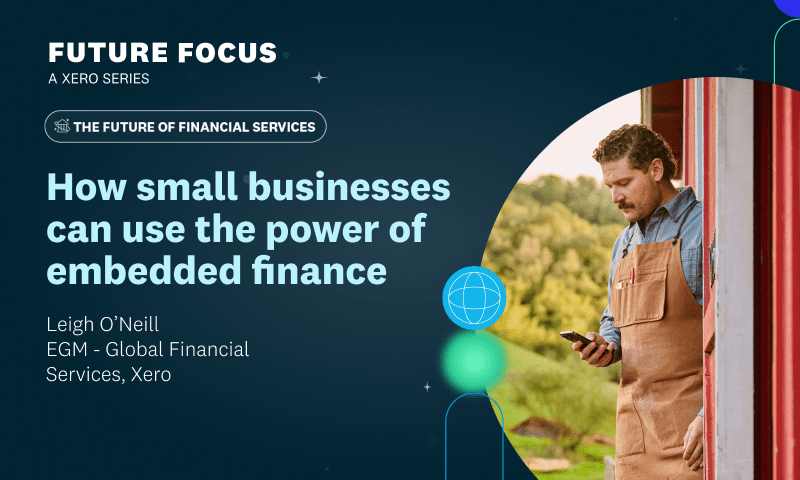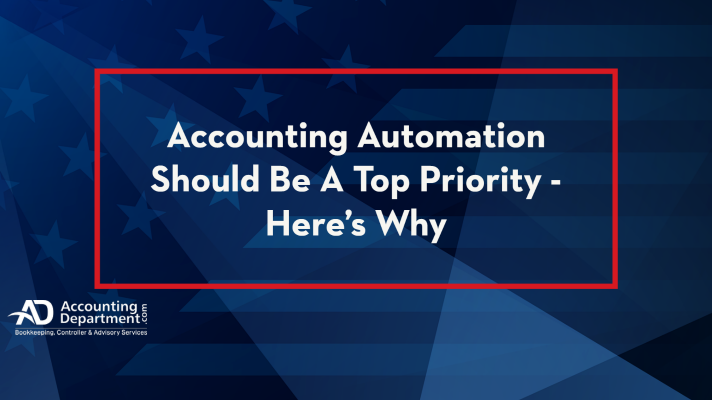It wasn’t that long ago that you needed to take out a credit card and enter the number every time you wanted to pay for something online. Today, you can instantly complete purchases in a few clicks, like Amazon’s ‘buy now’ express button. This is an early example of embedded finance — one of the top fintech trends that is changing the way people use and move money.
Embedded finance integrates financial tools or services — like lending, payments or even insurance — into non-financial experiences that you might use every day. For example, Apple has incorporated ‘buy now, pay later’ into the iPhone, Amazon now offers lending to sellers, and you can sometimes add insurance when buying an appliance online.
Why embedded finance is taking over the world
Embedded finance is impacting almost every industry across the world, making it easier for your customers to buy from you. As a result, retailers, tech companies, insurers, banks and other financial institutions are in a race to create products that make it more convenient than ever for you and your customers to access financial products.
This growing popularity of embedded finance has fundamentally changed the way people do business. It not only has the potential to strengthen customer relationships and simplify transactions, but also generate new revenue streams for your business.
How can you take advantage of embedded finance?
To keep up with increasing customer expectations, small businesses are expected to provide intuitive and connected digital experiences more than ever before.
Start thinking about the way your customers pay for products and services. Can you make it faster and easier for them? A seamless online payment system that requires little effort on the customer’s part can dramatically improve their experience and help you get invoices paid quickly.
Embedding a ‘Pay Now’ button on your Xero invoice and connecting with Stripe or GoCardless is a great first step. This gives those paying the invoice more choice on how to pay — such as through Apple Pay — making it really convenient for customers to pay across multiple devices.
Access your finances in one place
Even though embedded finance solutions often provide a more beautiful user experience, there is also a risk that it can lead to a fragmentation of services that becomes confusing for your customers. It can also make it difficult to get a complete picture of your finances.
For example, logging in and out of different apps to run your business is incredibly time-consuming. And what starts as one or two services can quickly become more than a dozen. You and your customers can inadvertently sign up for multiple buy now, pay later options, cards and accounts — some of which can be forgotten and left unpaid.
Through open platforms, using open banking standards and APIs, you can connect bank feeds from your financial institution to a compatible accounting software like Xero, for a true view of your cash flow in one place. This allows you to look at your finances holistically, giving you more confidence and control of your money management.
Are you ready to embrace embedded finance?
The world of embedded finance is evolving quickly, so it’s important that you understand embedded finance and feel ready to embrace new financial services on offer. Buy now, pay later options are really just the tip of the iceberg. Imagine your car paying for its own parking tickets, or your shopping trolley charging your credit card as you walk out of the supermarket.
In the future, these kinds of seamless financial transactions are expected to become the norm for not just consumers, but also small businesses. It won’t happen overnight, but the way businesses interact with customers is certain to change.




